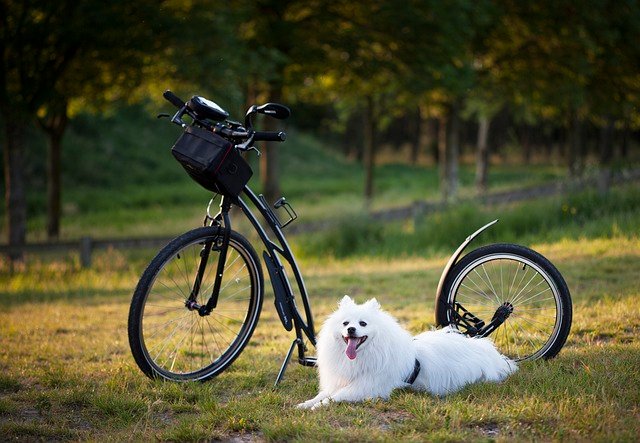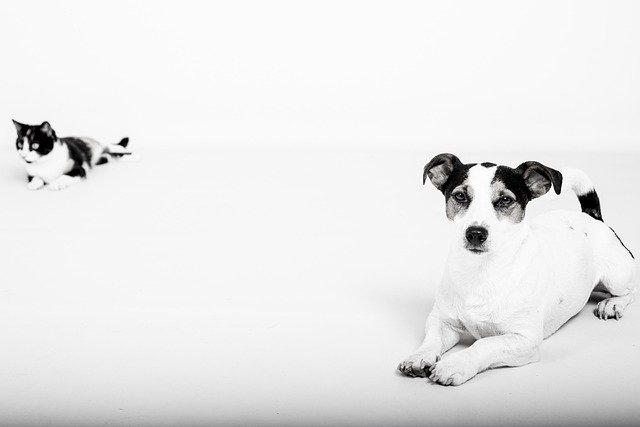How to Introduce a Kitten to a Dog with High Prey Drive (Without Stress!)
Estimated reading time: 8 minutes
Key Takeaways
- Understand your dog’s prey drive instincts and recognize warning signs
- Prepare separate spaces and use scent swapping before the first meeting
- Introduce pets gradually with controlled, supervised sessions
- Build positive associations through rewards and training
- Never leave pets unsupervised until you’re certain of their safety
Table of Contents
- Understanding Prey Drive in Dogs
- Preparing for the First Introduction
- The First Meeting: Step-by-Step
- Building Positive Associations
- Long-Term Safety Tips
- Frequently Asked Questions

Understanding Prey Drive in Dogs
Prey drive is a dog’s natural urge to chase, catch, or even hunt small animals. Some breeds (like terriers, hounds, or herding dogs) have stronger instincts than others.
Signs of High Prey Drive
- Stalking or staring at small animals
- Lunging, barking, or whining when seeing a kitten
- Ignoring commands when focused on prey
Why it matters: If not managed, these instincts can put your kitten at risk. But with predatory instinct management, you can teach your dog to stay calm. For more on decoding dog behavior, check out our guide on Pet Communication: Understanding How Your Pets Express Emotions and Needs.
Source: Journey Dog Training
Preparing for the First Introduction
Before your pets meet, set them up for success.
Step 1: Separate Spaces
- Give the kitten its own room with food, water, and a litter box.
- Let the dog sniff the kitten’s scent through a closed door.
Step 2: Scent Swapping
- Rub a towel on the kitten, then let the dog smell it (and vice versa).
- This helps them get used to each other’s smell before meeting.
Step 3: Leash & Muzzle Training
If your dog has a very strong prey drive, practice leash and muzzle training indoors first. Learn more about The Ultimate Guide to Pet Training: Building Trust and Good Behavior for structured guidance.
Step 4: Safe Environment
- Use baby gates to create barriers.
- Make sure the kitten has escape routes (cat trees, shelves).
Source: Austin Animal Center

The First Meeting: Step-by-Step
Never rush this step! Follow these rules for a safe introduction.
1. Leash Your Dog
- Keep the dog on a leash (and muzzle if needed).
- Let the kitten move freely but don’t force interaction.
2. Start at a Distance
- Keep the dog across the room at first.
- Reward calm behavior with treats.
3. Watch Body Language
✅ Good signs:
- Dog looks away from the kitten
- Kitten explores without fear
❌ Warning signs:
- Dog stiffens, growls, or lunges
- Kitten hisses or hides
If you see stress, end the session and try again later. For deeper insights into dog body language, explore How Dogs See the World: Exploring Their Unique Sensory Perception.
4. Short & Positive Sessions
- Keep first meetings under 10 minutes.
- Gradually increase time if both pets stay relaxed.
Source: Greenville Humane Society
Building Positive Associations
Help your dog see the kitten as a friend, not prey.
1. Reward Calm Behavior
- Give treats when the dog ignores the kitten.
- Teach commands like “leave it” or “focus.”
2. Supervised Playtime
- Feed them on opposite sides of a baby gate.
- Let the kitten approach the dog first.
3. Gradual Exposure
- Increase their time together slowly.
- Always supervise—never leave them alone yet!
For long-term harmony, consider Creating a Pet-Friendly Home: Essential Tips for a Safe and Comfortable Space to optimize their shared environment.
Source: Journey Dog Training

Long-Term Safety Tips
Even after successful introductions, stay cautious.
1. Never Leave Them Unsupervised
- Some dogs may never be fully safe with small animals.
- Always give the kitten an escape route.
2. Keep Separate Safe Spaces
- The kitten should have dog-free zones.
- Use baby gates to control access.
3. When to Get Help
If your dog still chases or acts aggressively, consult a professional trainer. Our Ultimate Guide to Pet Safety: Securing Your Home Indoors and Outdoors offers additional strategies for risk management.
Source: Diamonds in the Ruff
Frequently Asked Questions
- How long does the introduction process take?
- What if my dog still chases the kitten after weeks?
- Can they ever be left alone together?
How long does the introduction process take?
The timeline varies by dog. Some may adjust in weeks, while others need months. Always prioritize safety over speed.
What if my dog still chases the kitten after weeks?
Consult a professional trainer specializing in prey drive management. Some dogs may need permanent separation protocols.
Can they ever be left alone together?
Only if you’re absolutely certain of your dog’s self-control. Many high-prey-drive dogs should never be left unsupervised with small animals.
